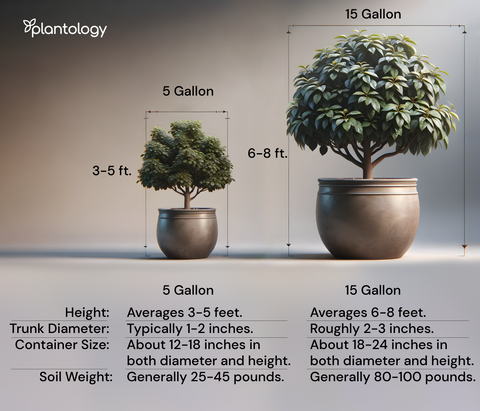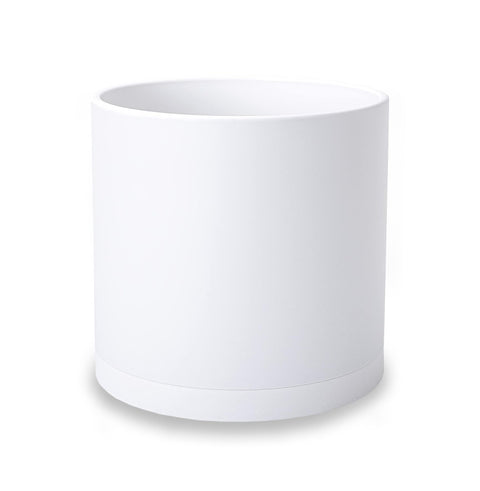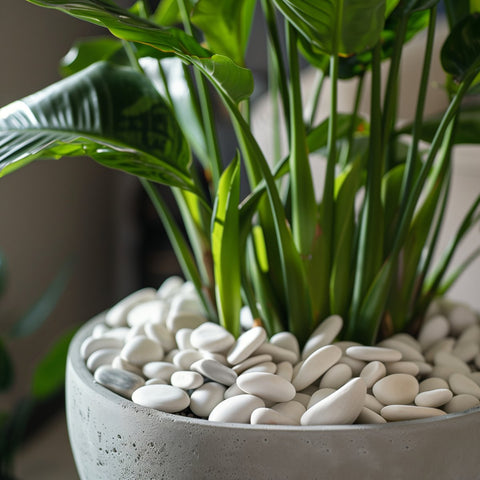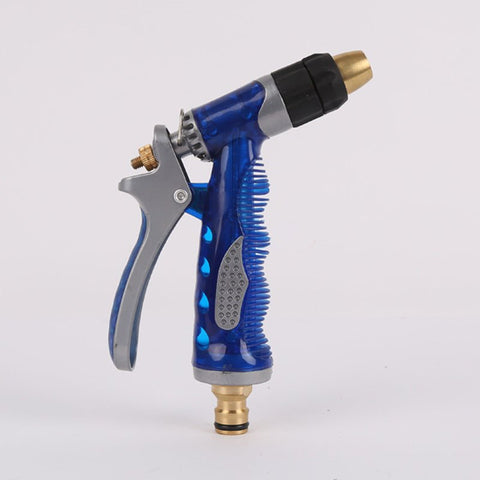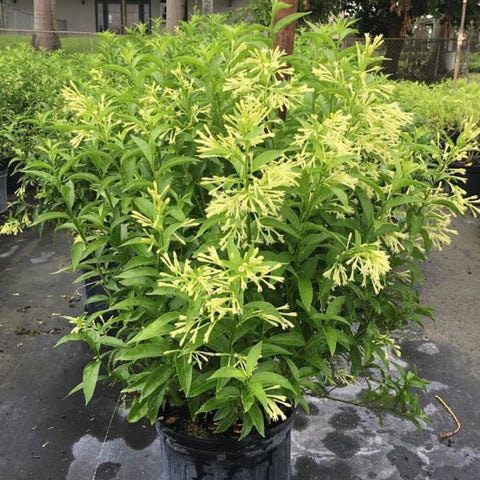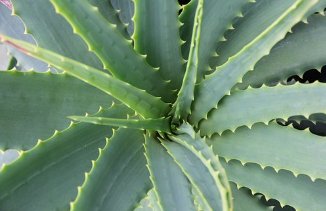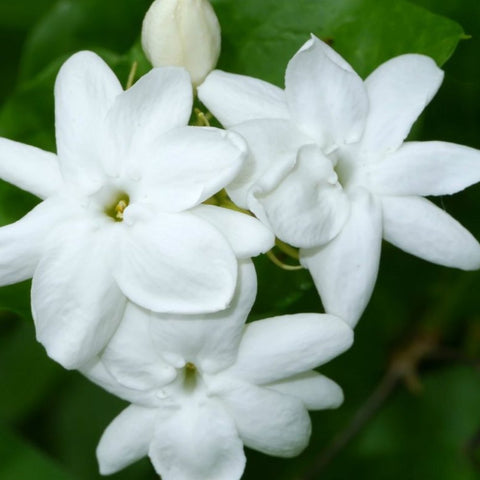Growing & Care Tips
Our Grower‘s Pick is our most premium offering for the Asparagus Springeri. This sizing is the most full 3 gallon offering that we have. We recommend this size above all other sizes as the plant material is in its most optimal sizing. The Growers pick represents the largest size that we offer for this product offering and it’s the size that we recommend because the plants are about to be potted up into a larger pot size.
With its gracefully arching stems and airy foliage, Asparagus Springeri makes an excellent hanging basket or container plant. Its easy care nature also suits it for beginner gardeners.
How to Grow
Grow in bright indirect light. Keep soil evenly moist, allowing the top inch to dry out between waterings. Mist foliage regularly to increase humidity. Prune back as needed to control shape.
Care Tips
Water when the top inch of soil becomes dry. Feed every 2-3 weeks during the growing season with a balanced liquid fertilizer. Keep away from direct hot sunlight. Bring indoors before frost.
Uses
Asparagus Springeri shines cascading from hanging baskets and containers. It also makes an airy, graceful accent in flower arrangements and wreaths.
Planting Tips
Plant in well-draining potting mix. Use a container with drainage holes and hang where it gets bright indirect light. Trim back before replanting to encourage bushy regrowth.
Maintenance
Pinch back tips regularly to encourage fullness. Prune as needed to control shape and size. Repot annually in fresh potting mix in spring.
Frequently asked questions
Looking to enhance the value of your Asparagus Springerii care without breaking the bank? There are several cost-effective options you can consider to keep your plant thriving and looking its best. Firstly, investing in a well-draining potting mix and ensuring proper drainage can go a long way in promoting healthy root growth and preventing root rot. Consider mixing perlite or sand into your potting mix to improve drainage and aeration for your Asparagus Springerii. Another cost-effective way to enhance the value of your plant care is by regularly pruning and grooming your Asparagus Springerii. Removing dead or yellowing foliage not only improves the plants appearance but also promotes new growth and prevents the spread of diseases. In conclusion, by focusing on proper potting mix, drainage, and regular pruning, you can enhance the value of your Asparagus Springerii care in a cost-effective manner. These simple steps will help keep your plant healthy and thriving for years to come.
Estimated Shipping Time: Most orders ship immediately. As noted on the website, some items are seasonal, and may only ship in spring or fall. Once your order is shipped, you'll receive an email with a tracking number.
Shipping Cost:
Orders less than $199 have a standard $29.95 shipping cost. Orders over $199 SHIP FREE
